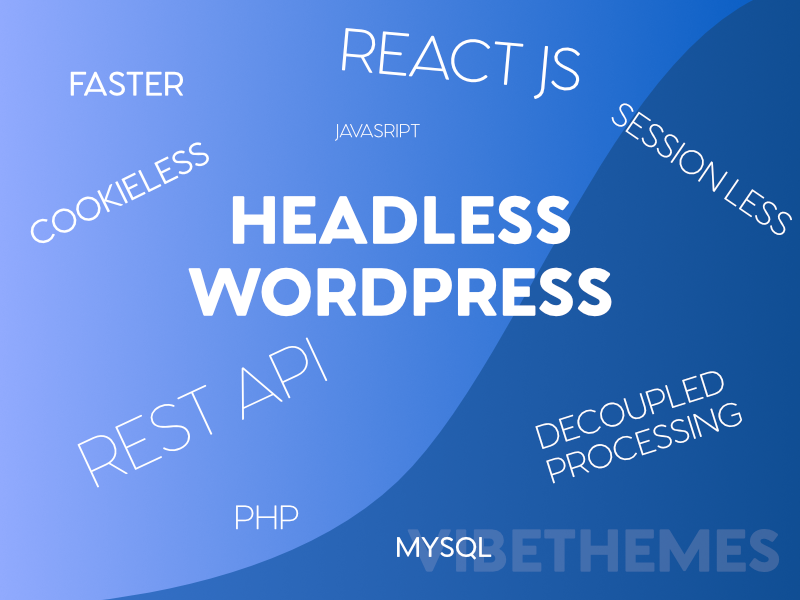
Content management systems are very useful as it allows you to create, edit and manage your content whenever needed.
Traditional CMSs such as WordPress don’t meet everyone’s requirements due to lesser amount of flexibility.
In such cases, WordPress can still be used as what we call a headless CMS.
In this article, we will discuss how to use WordPress as a headless CMS along with the various advantages of a headless CMS.
Defining Headless CMS
In simple terms, a headless CMS is one that has no front end, it just includes the API and the back end that is required to store and manage content and handle the workflow. Thus, when we compare traditional CMS with a headless CMS then it is just about the content management back end and API.
Traditional CMSs focus their entire existence on publishing the content. Since there is an absence of a front end, a headless CMS can’t be used for content publishing in the true sense and this is the biggest difference between a traditional CMS and headless CMS.
Why To Use WordPress As A Headless CMS
Using WordPress as a headless CMS is easy and the content is treated merely as data. It has three parts- Database, API, and HTML view. The database is used to store the content, API panel to manage the content, and HTML view to display the content.
Headless CMS is preferable in cases where a traditional CMS may not fit in. You can easily use API calls in a headless CMS to deliver content to an iOS or Android platform and can make use of JavaScript frameworks in your apps for the various platforms.
In terms of using WordPress as a headless CMS, it already has REST API built in, which means we have the API part sorted. Furthermore, we can make use of the familiar WordPress back end to manage the content.
With REST API built in, which means that WordPress as a headless CMS already has the API part sorted to manage the content on a varied range of hardware and software combinations and also be under regular maintenance and security updates.
Advantages Of Headless CMS
Great Flexibility And Control
The most obvious advantage associated with headless CMS architecture is that it offers great flexibility and control to developers to control every aspect of development. You can easily handle how data is managed and content is stored in the back end.
Inbuilt API
Headless CMS comes with an inbuilt API that allows you to manage the content from the back end. Thus, it becomes easier for the developers to reuse the existing modules, push updates, fix bugs, and perform other similar tasks. This way it saves a good deal of development time.
Better Scalability
A high level of scalability is an obvious advantage while preferring for WordPress headless CMS. It is worth noting that applications and websites built on headless CMS architecture tend to be easier to scale because the back end is already separated from the front end.
Conclusion
WordPress headless CMS compatible with most platforms and mostly used CMS around the globe. The front end can be integrated as per the user’s needs and chances of DDoS attacks are reduced as well.
